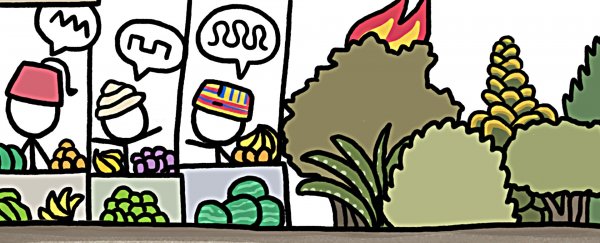
When it comes to plant diversity, not all regions are created equal. For example, while England only has 1,500 plant species, the tropical nation of Guyana in South America has 9,000, thanks to its lush rainforests.
In fact, surprisingly, there's only one other type of ecosystem that holds such a huge amount of plant diversity - although you certainly can't tell from looking at it - the shrubby, fire-prone regions of south Western Australia and southern Africa.
So what do rainforests and dry scrubland have in common? They both grow in soils that have critically low supplies of nitrogen and phosphorous, as Henry explains in the episode of MinuteEarth above. The most diverse plant hotspots on the planet are, quite literally, dirt poor.
And we see the same trend mirrored in human society, with poorer regions having a larger diversity of small businesses, while richer regions are usually dominated by a few large conglomerates.
Why? For plants at least, the answer is pretty simple. In nutrient rich soils, fast-growing plant species take advantage of all the resources and shoot up, quickly growing tall and strong and blocking light and nutrients from other species. So this means that a few opportunistic plants manage to dominate, and diversity is slowly stamped out.
But in nutrient poor regions, there aren't enough resources for these fast-growing species to shoot up, and so other plants have a chance to establish themselves.
However, there are also two other important factors that plants need in order to cultivate diversity - and, funnily enough, these seem to be reflected in human society too. We don't want to give too much away, so watch the video above to find out more. If nothing else, we guarantee it'll change the way you think about diversity, and what it really means to be rich.
Source: MinuteEarth
